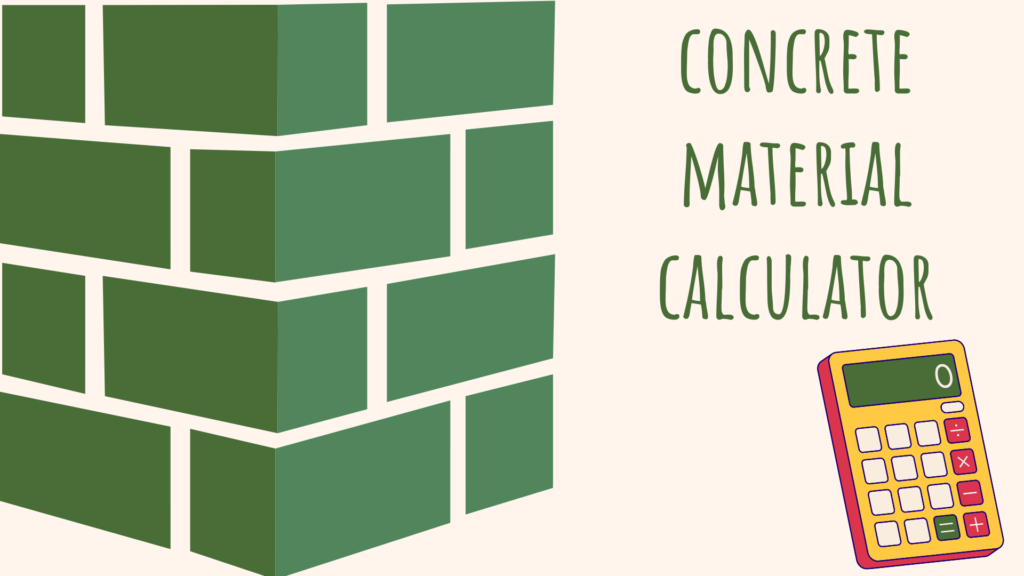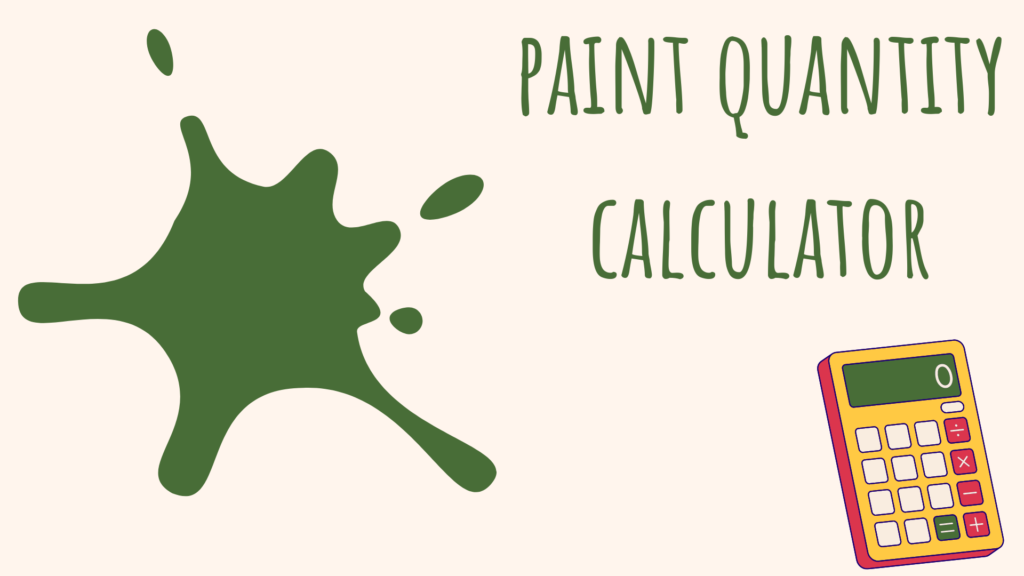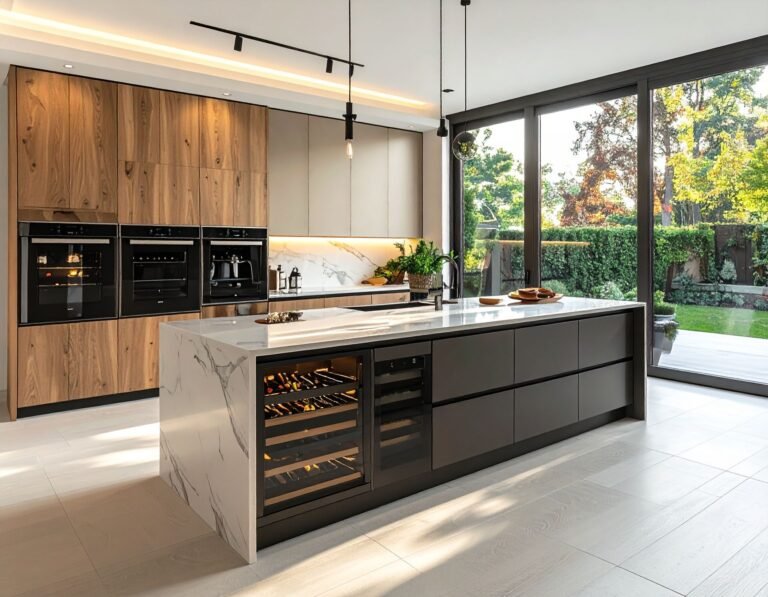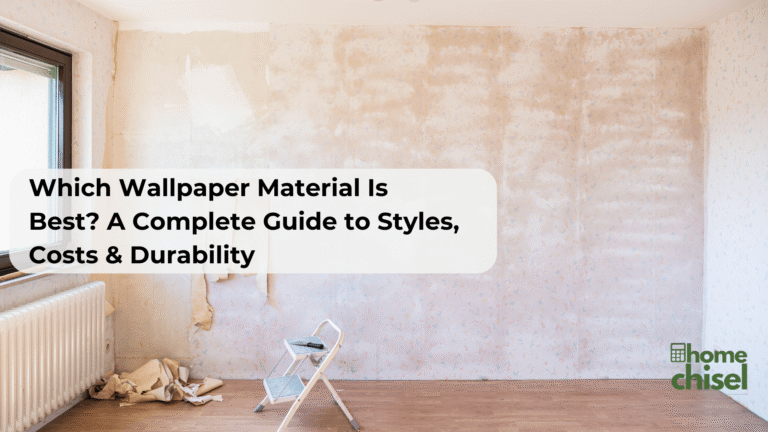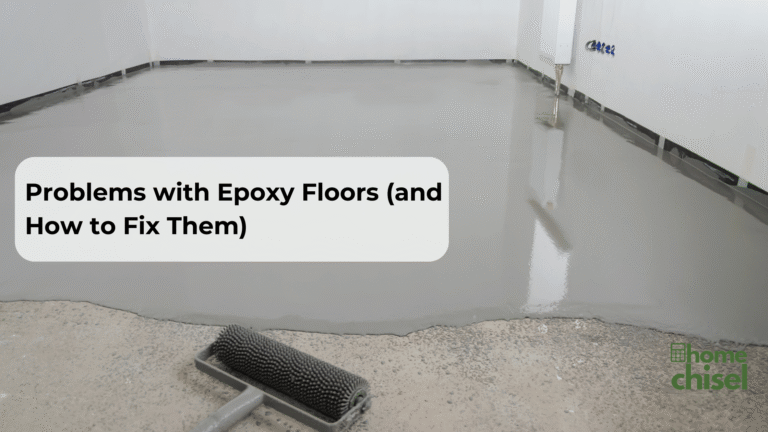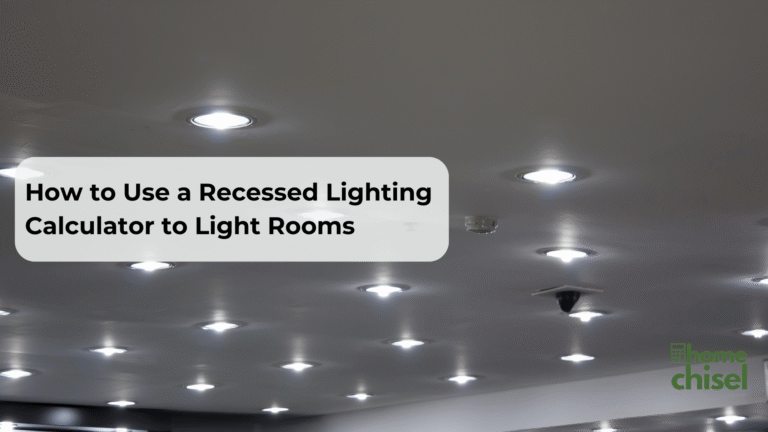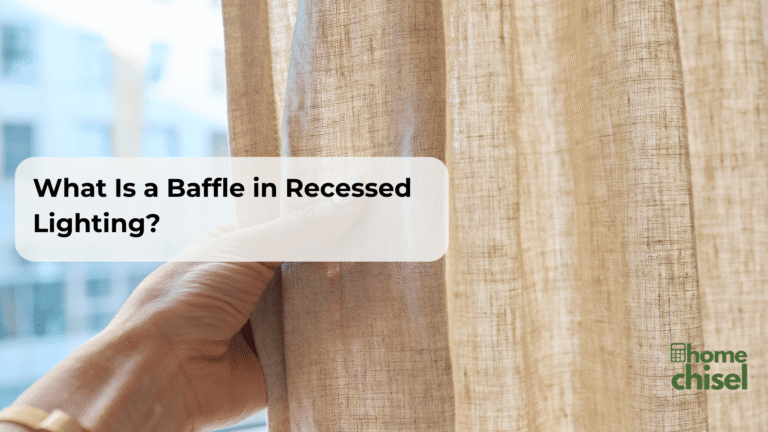Estimate Tile, Wood & Carpet Needs Easily
Don’t overspend on flooring! Our Flooring Calculator helps you avoid costly mistakes by providing accurate measurements. Start your project with confidence. Whether you’re installing tile, wood, or carpet, our calculator provides:
Table of Contents
- Precise measurements.
- Ensuring you purchase the right amount of materials for your project.
- Saving you time and money.
How to Use the Flooring Calculator?
Using our flooring calculator is effortless. Here’s how you can quickly determine the amount of flooring material you need:
- Select Your Measurement Unit: Choose between metric (meters, centimetres) or imperial (feet, inches) units based on your preference.
- Enter Room Dimensions: Measure the length and width of your room and input these values into the calculator.
- Choose Flooring Type: Select the type of flooring material you plan to use – wood, tile, or carpet.
- Calculate: Click the “Calculate Flooring Needed” button to get the amount of material required for your project instantly.
How to Calculate Flooring Needed for Wood, Tile, and Carpet?
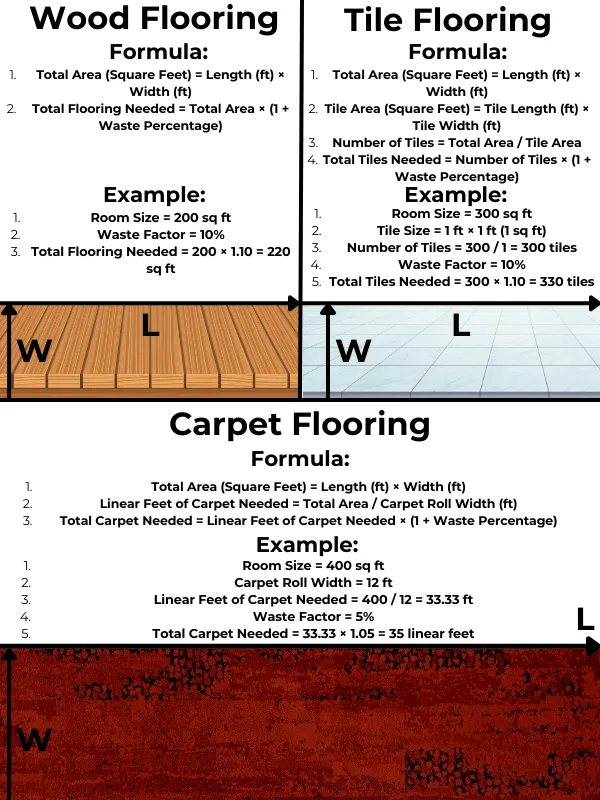
Calculating Wood Flooring Needs
Wood flooring typically comes in planks or strips, and the amount needed depends on the total area to be covered.
Formula for Wood Flooring
- Measure the Room Dimensions:
Measure the length and width of the room in feet (or meters, depending on your preferred unit).
Calculate the Total Area:
- Use the formula:
Total Area (Square Feet) = Length (ft) × Width (ft)
- Add a Waste Allowance:
To account for cuts, mistakes, and pattern matching, add an extra 5-10% to the total area:
Total Flooring Needed = Total Area × (1 + Waste Percentage)
For example, if the room area is 200 sq ft and you add a 10% waste factor:
Total Flooring Needed = 200×1.10 = 220 sq ft
2. Calculating Tile Flooring Needs
Tile flooring is usually installed in square or rectangular pieces, and the calculation involves determining the number of tiles needed based on their size and the total area to be covered.
Formula for Tile Flooring
- Measure the Room Dimensions
- Measure the length and width of the room.
Calculate the Total Area:
Use the same formula:
Total Area (Square Feet) = Length (ft) × Width (ft)
- Determine the Area Covered by Each Tile
Measure the length and width of a single tile and calculate its area:
Tile Area (Square Feet) = Tile Length (ft) × Tile Width (ft)
Calculate the Number of Tiles Needed:
- Divide the total area of the room by the area of a single tile:
Number of Tiles = Total Area / Tile Area
- Add a Waste Allowance:
- Add an extra 10-15% to account for cutting and breakage:
Total Tiles Needed = Number of Tiles×(1+Waste Percentage)
3. Calculating Carpet Flooring Needs
Carpet is typically sold in rolls, and you need to measure the area to determine how much carpet is needed.
Formula for Carpet Flooring
- Measure the Room Dimensions:
- Measure the length and width of the room.
- Calculate the Total Area:
- Use the same formula:
Total Area (Square Feet) = Length (ft) × Width (ft)
- Convert to Carpet Rolls:
- Determine the width of the carpet roll (usually in feet, such as 12 feet wide).
- Calculate how many linear feet of carpet are required by dividing the total area by the roll width:
Linear Feet of Carpet Needed = Total Area / Carpet Roll Width (ft)
- Add a Waste Allowance:
- Add 5-10% extra to cover any potential waste:
Total Carpet Needed = Linear Feet of Carpet Needed × (1+Waste Percentage)
Summary of Formulas
Wood Flooring:
Total Area = Length (ft) * Width (ft)
Total Flooring Needed = Total Area * (1 + Waste Percentage)
Tile Flooring:
Tile Area = Tile Length (ft) * Tile Width (ft)
Number of Tiles = Total Area / Tile Area
Total Tiles Needed = Number of Tiles * (1 + Waste Percentage)
Carpet Flooring:
Linear Feet of Carpet Needed = Total Area / Carpet Roll Width (ft)
Total Carpet Needed = Linear Feet of Carpet Needed * (1 + Waste Percentage)Features of Our Flooring Calculator
- Versatile Measurement Options: Select between metric and imperial units for accurate measurements.
- User-Friendly Interface: Simple, intuitive design that allows you to input data and receive results quickly.
- Material Variety: Supports calculations for various types of flooring materials, including wood, tile, and carpet.
- Real-Time Results: Get instant calculations to determine the exact amount of flooring material needed.
- Waste Estimation: Automatically calculates an additional 5-10% to account for waste, ensuring you have enough material for a perfect fit.
Why Use Our Flooring Calculator?
- Accuracy: Avoid the hassle of overbuying or underbuying materials by getting precise estimates tailored to your project needs.
- Convenience: The calculator is accessible on any device – whether you’re at home or at the store, you can plan effectively.
- Cost Efficiency: Knowing the exact quantity of materials helps you manage your budget and prevents unnecessary expenses.
- Multiple Flooring Types Supported: Whether it’s a tile floor calculator, wood floor calculator, or carpet floor calculator, our tool covers all your needs.
Flooring Calculator for Tile, Wood, and Carpet
Our flooring calculator for tile makes it easy to determine how many tiles you need by accounting for the tile size and room area. For those planning to install hardwood floors, our wood floor calculator gives an accurate estimate, factoring in different plank sizes and room layouts. Additionally, our carpet floor calculator will help you calculate the precise amount of carpet required to cover your space, ensuring a perfect fit.
Get Accurate Estimates for Your Flooring Projects
No matter if you’re a contractor professional or an amateur DIYer, the flooring calculator will help avoid costly mistakes by accurately measuring the flooring you require. Utilizing our software will ensure that you’ve got the correct amount of materials to get the ideal look, removing any stress caused by last-minute material that is insufficient or over-expensive.
Use our floor calculator now and change your living space in confidence. Take precise measurements, design efficiently and experience a seamless flooring installation!
Discover Our Other Calculators
Discover Our Interior Design Articles
Track Lighting Ideas for the Kitchen for Modern and Stylish Illumination
10 Do’s and Don’ts of Home Renovations
What’s Next in Style: 7 Interior Design Trends 2026
Choosing the Right Flooring for Your Home: Top Materials, Costs & Tips
5 Stylish Bathroom Upgrade Ideas for a More Relaxing Bathroom Time
Which Wallpaper Material Is Best? A Complete Guide to Styles, Costs & Durability
Problems with Epoxy Floors (and How to Fix Them)
What Temperature to Wash Curtains (Without Ruining Them)
You’re not alone.
A few …


